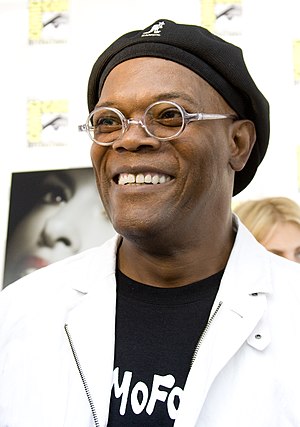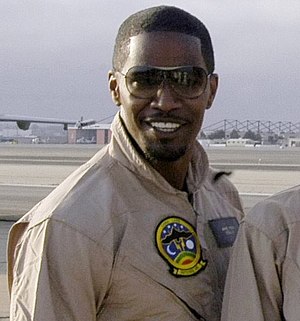
I had to wait a long time to see this film, I was going to rent it on blu-ray and then I happened to see a non-blu-ray version for sale for a tenner and I grabbed it.
From the first frame of the film, it looked like a 1960’s opening for Sergio Leone-ish type spaghetti western, the colours were spot on and the rocks in the foreground could have been transplanted from those locations in Spain and Italy where the original features were made. The consistency of the film even looked the same, hard to describe, but it looked right.
Of course this wasn’t maintained throughout the film and there was no need. Once the music started up for the first scene after the “freeing” of Django, Tarantino told us with his initial score piece what was going to go on.
The first bit of music was a re-mix of the Two Mules for Sister Sara main theme. For those who haven’t seen the 1970 film, in a nutshell, it was an Italian spaghetti western film that wasn’t. The music was done by the master of off-beat magical themes and scores himself, Ennio Morricone. The film was directed by Don Siegel and Clint Eastwood, the original man with no name ,played Hogan. The film itself was a sort of homage to the genre that gave Eastwood the huge boost he needed to start his career in the right direction, away from television.

The very second I heard the “jackass” toot-tweet of the music and listened to the subtle changes to the original music, I knew that Tarantino was making his intentions clear about the film. The choice and the remix was telling us, “This is a spaghetti western that isn’t. It isn’t even really going to follow the formula too much as I am going to mix up Siegel and Leone and Django.”
And that is what he did.
I even detected bits from Blazing Saddles (and Quentin, if I’m wrong buddy, I’m obviously giving you too damned much credit) in the amusing scene about the eye holes and the head bags. There were a few other nods and winks but I’ll get off this particular train right now.
Anyone who has ever watched the amount of these pasta opuses that were so popular at the Drive-in’s of the time, can remember the sounds of the guns in the films. The other obvious clue that the director gave us was the complete and total lack of the spaghetti western gunshot.
Quentin’s Django Unchained gun fire merely sounded loud. Gone was the ever present whine of the shot bullet and the almost flat, but very loud, crack of the guns. But the important part of the Italian western was that whine. He was telling us again, that yes this is a long love letter to the genre, but I’m not going to copy it 100%.
The casting of the film was phenomenal and I’m not going to go into the discussion too much. (Well not at all actually) Enough reviews and writers and critics have gotten there before me and I’m not in a hurry to join the din. Just as I’m not going to address the use of the “N” word. (Allcaps because of the amount of fury and un-political correctness that has been mention too damned often by too damned many.)
I will say this, though. The same people who would rather “rewrite” real history, who want to believe that in those halcyon days of yesteryear that people would not have referred to folks of a different hue using this highly offensive word at all, let alone as much as they did in the film, are the ones who want to rewrite nursery rhymes so that they do not offend.

Why? because they don’t believe in showing the truth, what is worse, is that they don’t really want to think that we were that uncouth, uncivilised, and downright nasty, truth be told.
But that sentiment is not true gentle people, not true at all. The same people in our American shores who referred to other human beings as; who called our brothers and sisters of the human race that name and other equally foul and disturbing names did do just that.
Because that was the culture back then.
These are the same people who cheerfully murdered Native Americans (and yes, that took place before the Civil War as well) and stoutly declared that the only good indian was a dead indian.
But I am not playing any “ethnic” minority game here, setting up my ancestors against yours my friend. I only point out the obvious, our American ancestors did a lot of things back then that was called, “good.” Tarantino opted to show it how it was versus the new modern trend of “gilding the lily.” Not, as claimed by most if not all the denigrators, to shock.
(Again, Quentin, if I’m giving you too much credit, I’m sorry.)
My last word on the subject, I promise, if it bothers you that much, don’t watch it.
There, all done, I told you.
Back to the film.
I loved it. I didn’t care for the soundtrack all that much, but like I said at the start, Tarantino picked music to fit “his” homage not anyone else’s. The clue was in that first piece of music, the faux Ennio Morricone that plays us into the opening of Django’s first day of freedom in a town.
I’d have to give this a full 5 out of 5 stars for the effort that went into this and for the long love letter that Quentin wrote using the film. I’d also like to give it another half star for the presence of Franco Nero who, in keeping with the 1960’s touch of the time, had that obvious moment where the “old” Django met the “new” Django.
A new classic.

Related articles
- My Take On: Django Unchained [Blu-ray] (mytakeradio.com)
- Corbucci Unchained: Tarantino and the Discursivity of Exploitation Cinema (fromthemindofmikel.wordpress.com)
- Django Unchained…. (blakesbucketlist.com)
- A Beginner’s Guide to Spaghetti Westerns (flavorwire.com)
- Django Unchained (2012) (tarantinosblog.wordpress.com)
- ‘Django Unchained’ back in Chinese cinemas after earlier withdrawal (hispanicbusiness.com)
- Django Unchained (legallybod.wordpress.com)
- Django hits all the right marks (campuscinema.wordpress.com)










You must be logged in to post a comment.